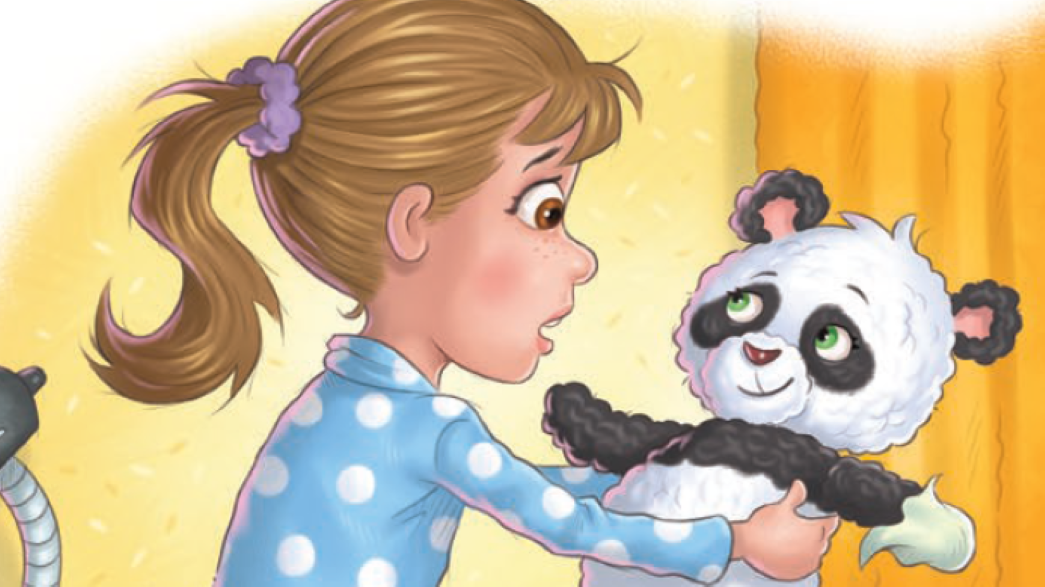Navigating the Emotional Mix: A Guide for Parents to Help Children Handle Complex Feelings

As parents, we all want our children to grow up happy, healthy, and emotionally resilient. But what happens when our little ones find themselves tangled up in a web of conflicting emotions? It's not uncommon for children to experience a mix of feelings at once – joy mingled with sadness, excitement tinged with anxiety, or anger alongside love. Helping them navigate these emotional mazes is a crucial part of their development.
In all honesty, I struggle when I have complex or conflicting emotions, so of course it is going to be difficult for our children. This was the inspiration behind my second children’s book, Penny Panda and the Emotion Ninjas. It provides children with fun and unique ways of thinking about their feelings and the purpose behind them. Of course the book is just an introduction to the concept and as parents we need actionable steps we can take to help our children, so I decided to use this blog post to expand on the ways parents can help their children handle these complex emotions and feelings.
Here are some strategies for parents to guide their children through the complexity of multiple emotions:
Normalize the Experience: Begin by reassuring your child that it's perfectly normal to feel more than one emotion at the same time. Let them know that even adults experience this, and it's okay to feel confused or overwhelmed by it.
Encourage Labeling Feelings: Teach your child to identify and label their emotions. Use simple language and provide examples. For instance, "It seems like you're excited about the school play, but also a little nervous. That's okay, it's normal to feel both at once."
Listen Actively: Create a safe space for your child to express their emotions without judgment. Practice active listening by giving them your full attention, maintaining eye contact, and validating their feelings. Reflect back what you hear to ensure they feel understood.
Explore the Root Causes: Help your child understand why they might be feeling a particular mix of emotions. Encourage them to explore the events or situations that triggered these feelings. This can help them gain insight into their emotional landscape.
Teach Coping Strategies: Equip your child with healthy coping mechanisms to manage their emotions. Breathing exercises, mindfulness techniques, journaling, or engaging in physical activities like dancing or playing sports can help them regulate their feelings.
Model Emotional Intelligence: Children learn by example, so be mindful of how you handle your own emotions. Demonstrate healthy ways of expressing and managing multiple feelings. Share your experiences with your child and how you navigate complex emotions in your own life.
Problem-Solve Together: Collaborate with your child to come up with solutions for managing their mixed emotions. Brainstorm ideas and encourage them to try different strategies to see what works best for them.
Encourage Self-Compassion: Remind your child to be kind to themselves, especially when they're struggling with conflicting emotions. Emphasize that it's okay to make mistakes and that they deserve love and acceptance, even when they're feeling overwhelmed.
Seek Professional Help if Needed: If your child consistently struggles with managing their emotions or if their emotional challenges significantly impact their daily life, consider seeking support from a pediatrician, therapist, or counselor.
Celebrate Progress: Acknowledge and celebrate your child's efforts in understanding and managing their emotions. Recognize their growth and resilience, even in small steps.
Navigating the landscape of multiple emotions can be complex for children, but with patience, understanding, and support from parents, they can learn to navigate these emotional waters with confidence and resilience. By fostering emotional intelligence and providing tools for self-regulation, parents play a crucial role in helping their children thrive emotionally and mentally.
If you enjoyed this blog be sure to check out Empathy Unleashed: How Social Emotional Learning Books Nurture Children's Compassion.
Please share this blog with anyone you think would be able to use this information!
